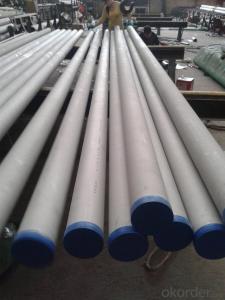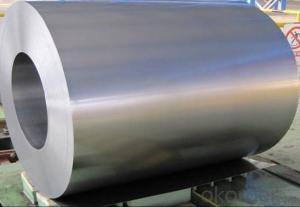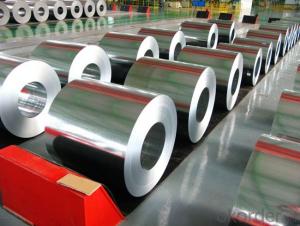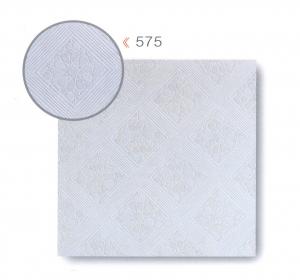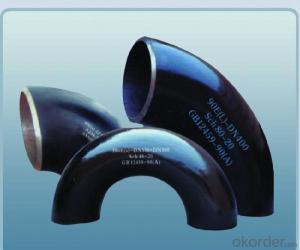440 Stainless Steel Sword
440 Stainless Steel Sword Related Searches
Best Paint For Stainless Steel Blanket Insulation For Steel Buildings Primer For Galvanized Steel Foam Filter For Stainless Steel H S Code For Stainless Steel Surface Grinding Wheels For Stainless Steel Surface Grinding Wheels For Hardened Steel Hole Saw For Stainless Steel Paint For Stainless Steel Stainless Steel For BbqHot Searches
Steel Mesh Panels For Sale Price For Stainless Steel Scrap Scrap Price For Stainless Steel Price For Stainless Steel Stainless Steel Tank For Sale Stainless Steel Sheets For Sale Cheap High Tea Sets For Sale Stainless Steel Tanks For Sale Stainless Steel For Sale High Density Fiberboard For Sale Solar Hot Water Collectors For Sale Scaffolding For Sale In Uae Scaffolding For Sale In Ireland Scaffolding For Sale In Houston Type Of Inverter For Solar Price Of Shipping Containers For Sale Types Of Inverter For Solar Stock Price For Aluminum Used Solar Inverter For Sale Steel Mesh Panels For Sale440 Stainless Steel Sword Supplier & Manufacturer from China
Okorder.com is a professional 440 Stainless Steel Sword supplier & manufacturer, offers integrated one-stop services including real-time quoting and online cargo tracking. We are funded by CNBM Group, a Fortune 500 enterprise and the largest 440 Stainless Steel Sword firm in China.Hot Products
FAQ
- Yes, stainless steel sheets are highly suitable for hygienic applications. Stainless steel has excellent corrosion resistance properties, making it ideal for environments that require strict cleanliness and hygiene standards. It is non-porous, which means it does not absorb liquids or harbor bacteria, making it easy to clean and maintain. Additionally, stainless steel has a smooth and polished surface, which further prevents the accumulation of dirt, grime, and bacteria. Its durability and strength make it resistant to scratches and dents, ensuring a long-lasting and hygienic surface. Stainless steel sheets are commonly used in the food and beverage industry, pharmaceutical industry, healthcare facilities, and laboratories due to their hygienic properties.
- The maximum width of stainless steel sheets commonly available varies, but it typically ranges from 48 to 72 inches.
- There is a wide range of surface treatments available for stainless steel sheets, each with its own distinct benefits and appearances. Some of the most commonly used treatments are: 1. No.1 Finish: This finish is ideal for industrial purposes and is achieved through hot-rolling, annealing, and pickling. It has a rough texture with visible grain lines. 2. No.2B Finish: Also known as a bright, cold-rolled finish, this treatment provides a smooth and reflective surface with a moderate level of gloss. It is obtained through annealing and pickling. 3. No.3 Finish: By using progressively finer abrasive materials, a finely polished surface is achieved. It has a semi-reflective appearance and is often used for decorative applications. 4. No.4 Finish: Similar to the No.3 finish, but with a higher level of polish, this treatment gives the stainless steel sheet a satin-like appearance. It is commonly used in architectural and kitchen equipment applications. 5. BA (Bright Annealed) Finish: This treatment results in a mirror-like, highly reflective finish. It is achieved by annealing the stainless steel sheet in a controlled atmosphere and is often used for decorative purposes and in the production of household appliances. 6. Embossed Finish: This treatment involves stamping a pattern onto the stainless steel sheet to create a textured surface. It is frequently used for decorative purposes or to enhance grip on surfaces. 7. Colored Finish: Stainless steel sheets can also be treated with various colored coatings, such as gold, black, or bronze. These finishes are achieved through processes like PVD (Physical Vapor Deposition) or electroplating. Each surface treatment offers its own advantages and is suitable for specific applications. When selecting the appropriate treatment for a stainless steel sheet, it is important to consider factors such as durability, corrosion resistance, aesthetic appeal, and intended use.
- Stainless steel sheets possess resistance against chemicals and acids, thanks to the high percentage of chromium they contain. This results in the formation of a protective layer on the metal's surface, granting it exceptional resistance to corrosion and damage caused by chemicals and acids. Moreover, the inclusion of elements like nickel and molybdenum further enhances this corrosion-resistant quality. Industries like chemical processing, pharmaceuticals, food and beverage, and automotive widely employ stainless steel sheets due to their exposure to aggressive chemicals and acids. The reliability and durability of stainless steel in withstanding corrosion and chemical attack render it an ideal material for applications requiring such resistance.
- There are several advantages of using stainless steel sheets in the aerospace industry. Firstly, stainless steel has excellent corrosion resistance properties, which is crucial in environments with high moisture and temperature fluctuations. This helps to maintain the structural integrity of the aircraft and ensures longevity. Additionally, stainless steel sheets offer high strength-to-weight ratio, making them ideal for constructing lightweight yet durable components. They also possess high heat resistance, allowing them to withstand extreme temperatures that may be encountered during flight. Furthermore, stainless steel sheets can be easily formed and fabricated into complex shapes, providing design flexibility. Overall, these advantages make stainless steel sheets a reliable and efficient choice for various aerospace applications.
- What are the advantages and disadvantages of net drawing stainless steel users?
- Drawing process will to some extent lose the thickness of stainless steel plate, usually at 0.1~0.2mm. In addition, because the human body, especially the palm has a relatively strong oil and sweat secretion, stainless steel wire drawing board often hand touch will leave a more obvious fingerprints, regular scrub.
- Yes, stainless steel sheets are highly suitable for pharmaceutical cleanrooms. Stainless steel is widely used in the pharmaceutical industry due to its excellent resistance to corrosion, durability, and ease of cleaning. It is a non-porous material that does not harbor bacteria or contaminants, making it ideal for cleanroom environments where maintaining a sterile and hygienic environment is crucial. Stainless steel sheets are also easy to sanitize and withstand harsh cleaning agents without deteriorating or releasing particles that could contaminate the pharmaceutical products being manufactured. Additionally, stainless steel has a smooth and non-shedding surface, which prevents the accumulation of particles and facilitates cleanroom maintenance. Overall, stainless steel sheets are an excellent choice for pharmaceutical cleanrooms to ensure compliance with strict cleanliness and sterility requirements.
- The maximum temperature that stainless steel sheets can withstand depends on the grade of stainless steel being used. Generally, stainless steel is known for its high heat resistance and can withstand temperatures ranging from 1200°F to 1600°F (650°C to 870°C). However, the specific temperature threshold may vary depending on the grade of stainless steel, the thickness of the sheet, and the duration of exposure to high temperatures. It is essential to consult the manufacturer's specifications or a materials engineer to determine the maximum temperature tolerance for a specific stainless steel sheet.



















